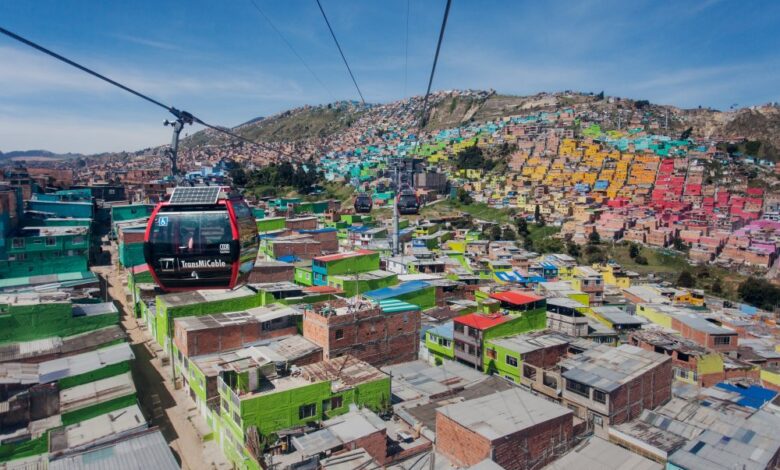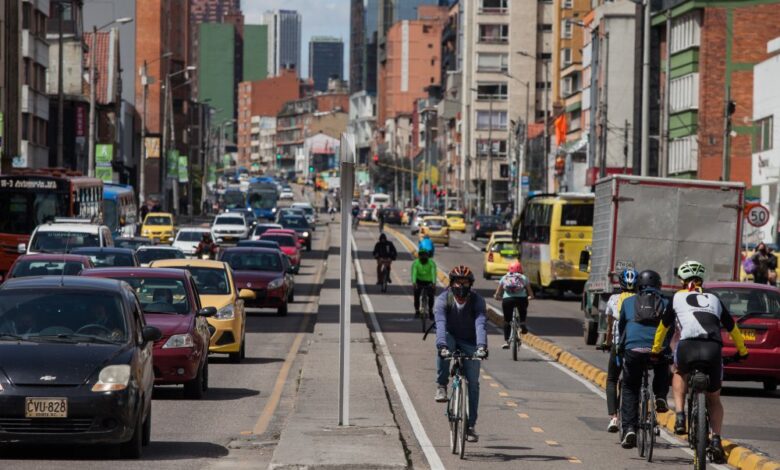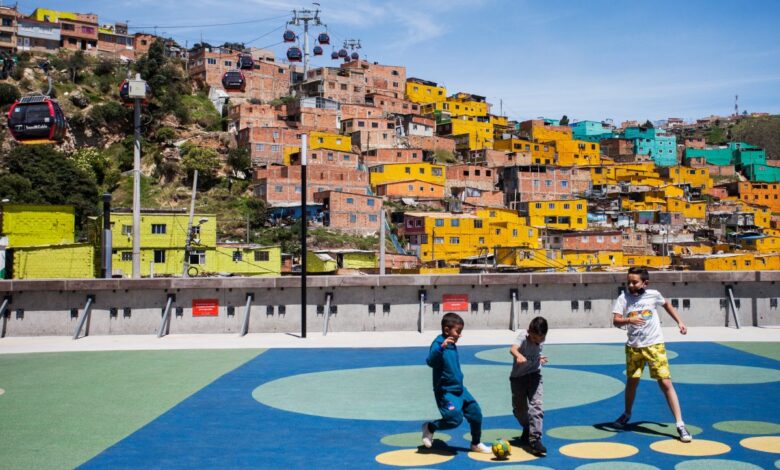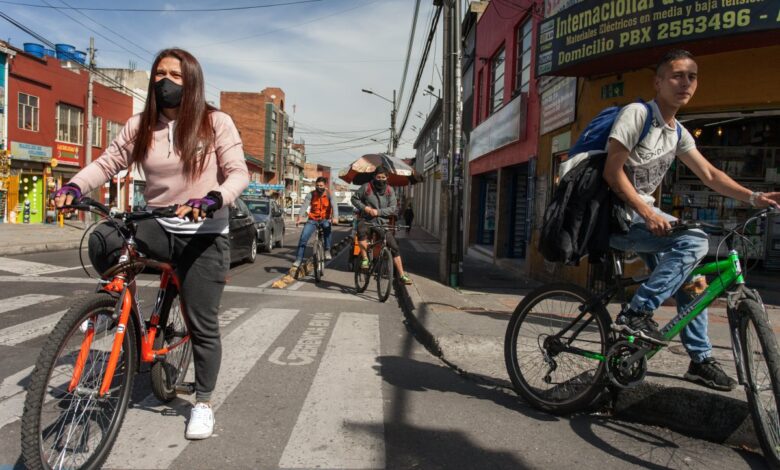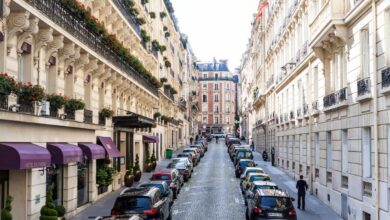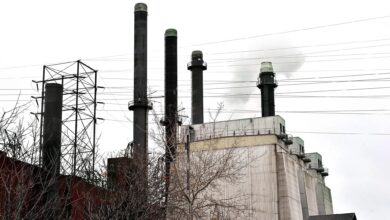Cable cars travel over houses in Bogota, Colombia, April 20, 2021. The gondola network helps connect residents in steep hillside districts with the city’s northwest areas. Photo Credit: Thomson Reuters Foundation/Fabio Cuttica
Environment ColombiaGovernment and People Work Together for a Greener City
Citizens of Bogota, Colombia, were invited to give their ideas as part of a green initiative to offer low-carbon travel and greener spaces to cut climate-changing emissions and pollution.
“This is the first time citizens were consulted about what happens to the city’s main thoroughfare,” says Juan Pablo Caicedo, head of the Green Corridor Septima initiative, a flagship project of Claudia Lopez, Bogota’s first female mayor. For the $620 million projects, some 7,000 proposals from residents – including LGBTQ+ citizens, Afro-Colombians, Indigenous people, elders, and community leaders – were selected to redesign a major 23-km road with fewer fossil-fuel-powered vehicles, and more bike lanes, pedestrian paths, electric buses, and electric cable cars.
The “co-created” infrastructure plans are set to begin next year. Among the other efforts to fight global warming, the city will add 800,000 trees by 2024 to the 53,000 planted last year. Also, it plans on having 1,485 clean buses by 2022. Today, 350 circulate across the city and are used on a daily basis by more than 180,000 people. Finally, by 2024, 280 km of bike network will be added to the 630 km that is already implanted. The Colombian capital wishes to cut its greenhouse emissions by at least 15% by 2024, and by half by 2030, in the hopes of becoming carbon-neutral by 2050.
